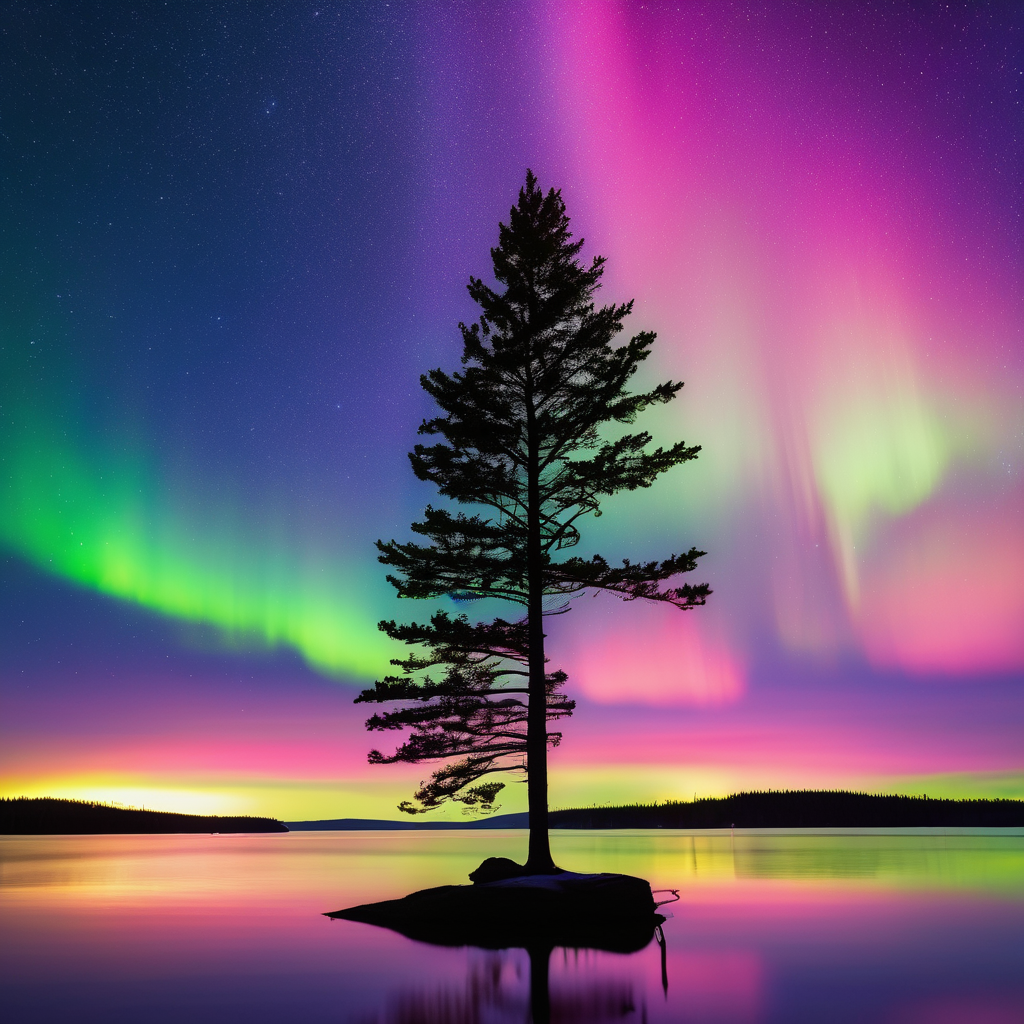Vermonters are in for a celestial treat tonight as the possibility of witnessing the northern lights brightens the evening sky. The National Oceanic and Atmospheric Administration’s Space Weather Prediction Center has put out a G2 (moderate) geomagnetic storm watch for October 16, following a series of coronal mass ejections (CMEs) from the sun earlier this week. The most significant impact is anticipated from late Thursday night into Friday morning, potentially allowing the auroras to be visible in Vermont.
According to the NOAA, northern lights may shine at lower latitudes, primarily affecting northern regions of the United States such as northern Michigan and Maine. However, Vermont, along with other states like New York, New Hampshire, and Iowa, also falls within the viewing line, suggesting a chance to see this once-in-a-while phenomenon.
Although a frost advisory will bring chilly conditions, clear skies are expected over Burlington, which bodes well for stargazers eager to catch a glimpse of the auroras. The best time for viewing is typically between 10 p.m. and 2 a.m., with the storm likely peaking between 11 p.m. and 5 a.m. for optimal visibility.
For those seeking the best vantage point, Tim Brothers, a Technical Instructor at the Massachusetts Institute of Technology, recommends escaping urban areas and finding open spaces, such as fields or hilltops, away from artificial lights. Conservation areas or parks that enforce nighttime lighting restrictions and coastal areas distant from major cities are excellent options for experiencing a stunning evening under the stars.
Those interested in tracking the northern lights can utilize various online resources, including the Aurora Alerts and the NOAA’s Aurora forecast page, to keep updated on solar activity and maximize their chances of witnessing this breathtaking natural display. As the community prepares for a night of wonder, hope lights up the skies for Vermonters and others across northern states.
